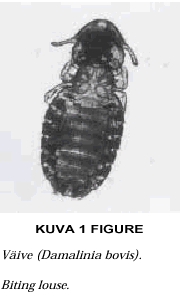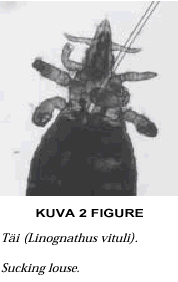

The carpal canal is a complex structure on the palmar aspect of the carpus. It is surrounded by a synovial membrane and contains the flexor tendons within their sheath, as well as vessels and nerves. Carpal canal syndrome is caused by increased pressure to the soft tissues, due to primary synovitis or space-occupying lesions in the canal. The most common causes for carpal canal syndrome are injuries to the flexor tendons and to the accessory ligament of the superficial flexor tendon, and bony changes associated with the canal, such as osteochondroma on the caudal aspect of the radius and fracture of the accessory carpal bone. An ultrasound image of a chronic injury of the superficial flexor tendon in the carpal canal in an aged pony, and a radiograph of an osteochondroma in a young Finnhorse are presented as examples of clinical cases. Typical symptoms seen in the carpal canal syndrome are lameness, distension of the carpal canal, local pain on palpation, and pain on flexion and/or extension of the carpus. Ultrasonography is the most important method in evaluating the carpal canal, but radiography may also be needed to diagnose possible bony changes. Treatment of carpal canal syndrome should be based on accurate diagnosis. Synovitis is treated with rest and anti-inflammatory medication. In tendon injuries, the prognosis for athletic use is guarded. In symptomatic osteochondromas and sagittal fractures of the accessory carpal bone, surgical treatment is recommended. Splitting of the flexor retinaculum, to relieve the pressure in the canal, should be considered in cases unresponsive to other treatments.


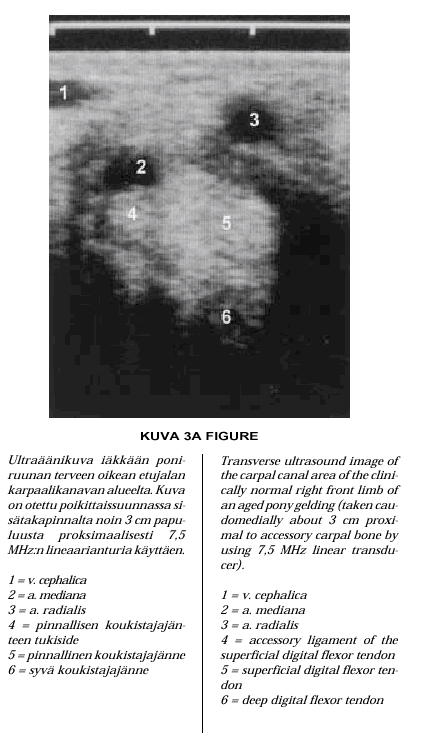
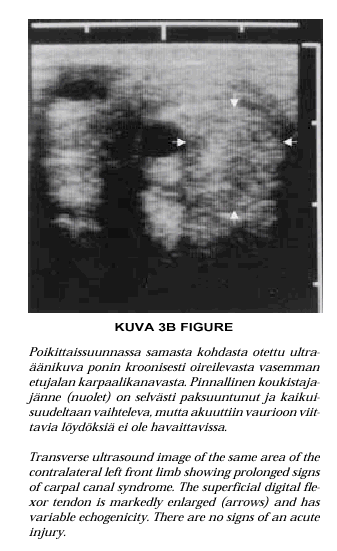
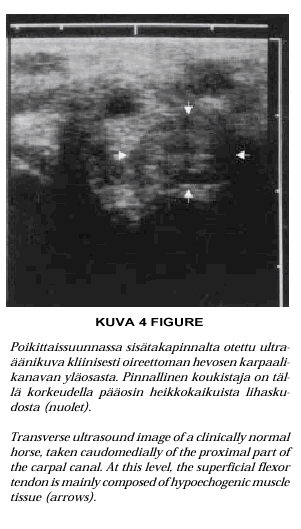
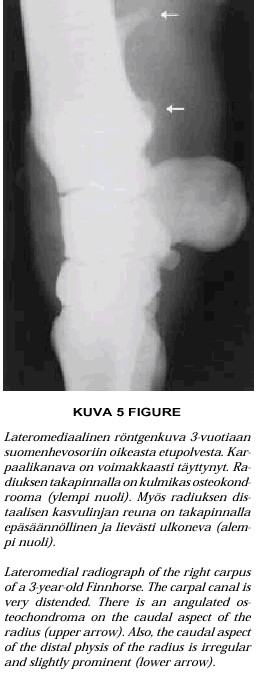
Process control based on the HACCP-system (Hazard Analysis Critical Control Points) has clearly diminished the need for end-product testing in ensuring the safety of foods. In the following paper, an overview of the possible applications of risk analysis results in the development of food companies’ own-check and HACCP-programs is presented. With the aid of risk analysis, the first principle of HACCP, hazard analysis, can be substantially expanded upon. Through food safety objectives (FSOs) – which are largely established by risk assessment procedures – a new tool has been given for the determination of critical control points and their criteria, for the validation of process safety, and for the making of risk management decisions.
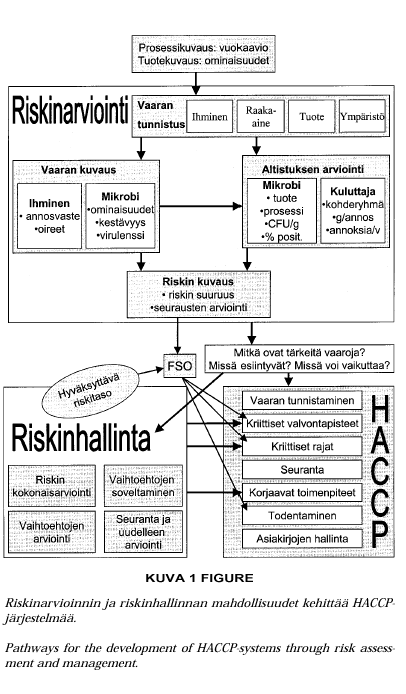
The aim of the study was to find out the prevalence of ectoparasites in Finnish beef rearing farms. The trial was carried out in 51 farms in Northern Savolax, Kainuu and Lapland areas. In average eight animals were investigated in every farm. Ectoparasites were found in 90% of farms. Most common were biting lice (78% of farms) and sucking lice (22%). All specimens of sucking lice were Linognathus vituli. Signs typical of demodicosis were present in 10% of farms, and Chorioptes bovis was detected in 4% of farms. The low prevalence of both latter ectoparasites was probably due to the young age of investigated animals (67% were under one year of age).
